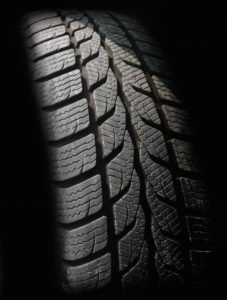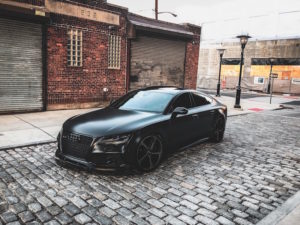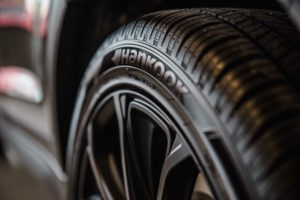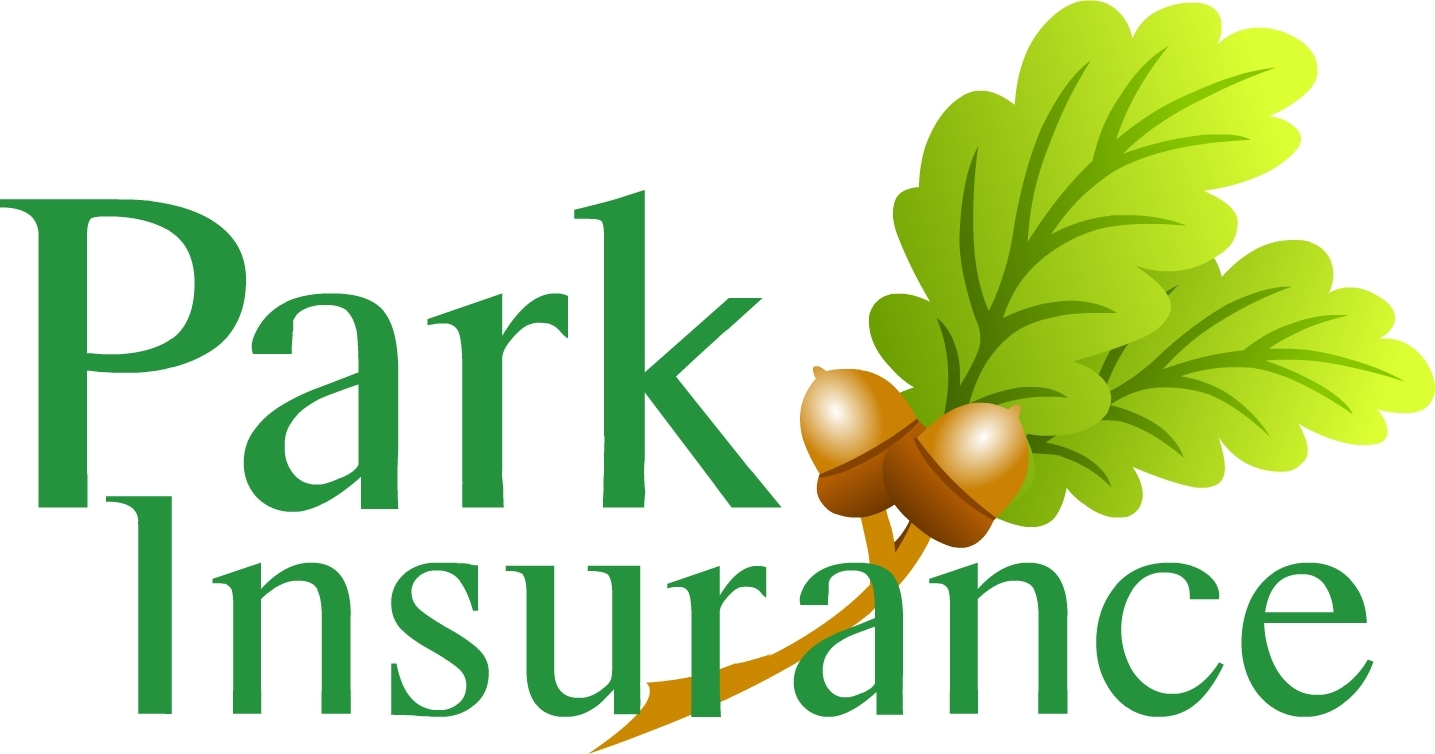VIEW OUR COMMERCIAL
As seen on TV

CHOOSE THE EASY OPTION FOR YOUR INSURANCE, WE’LL GET YOU A QUOTE IN NO TIME AT ALL.
Posts for:
Most of us have heard that awful scratching sound of metal against a kerb and know our pristine alloys are no more. It can happen all too easily driving round the ramp in the multi-storey car park or when reverse parking in the street. If your wheels are your pride and joy, you’ll want to get them fixed. Or what about that sinking feeling when a light comes on to say you’ve got a flat. Depending on your vehicle, the replacement costs can run into the ££hundreds. To save on unexpected bills and keep your car’s wheels and tyres in safe and great looking condition, you could take out insurance. We explore whether separate tyre and alloy insurance are worth it to help you to decide.
Firstly, what is tyre and alloy insurance?
Tyre and alloy insurance is a standalone policy that is separate from your standard vehicle insurance. If your tyres or wheels are damaged, you can claim against this policy to get them fixed.
Why have separate insurance?
There are several reasons to take out separate insurance for your wheels.
- Replacing damaged tyres or wheels is not normally included in your standard vehicle insurance. That means you’ll need to pay for replacements yourself unless you have it specified or the wheel is damaged as part of a bigger accident and you have comprehensive insurance.
- Claiming on your main vehicle insurance means paying the excess. Depending on how high your excess is, it might make the claim unaffordable.
- If you make a claim on your main vehicle insurance it is likely to mean higher premiums in the future.
- The state of our roads is worse than ever and hitting a pothole can severely damage tyres. The chance of picking up a puncture or two is greater than ever.
Things to think about
If you don’t really care if your alloys get scratched and you can easily afford to replace tyres if they get a puncture, you probably don’t need tyre and alloy insurance.
However, it is worth considering if:
- It is important for you to keep your car looking in pristine condition.
- Your car has run-flat tyres and you would find it tricky to cover the cost of replacing these quickly.
- Your car has other tyres that you would find tricky to cover the cost of replacing quickly.
- You live or park your car in an area where malicious damage to vehicles, for example, tyre slashing, may occur.
- You drive on roads with potholes, which can cause significant damage.
Is tyre and alloy insurance worth it?
Like all non-compulsory insurance, you really need to weigh up if it’s worth it to you. Nobody knows what is around the corner. You could enjoy trouble-free motoring, with no punctures or scratches on your alloys. Or you could be unlucky and find yourself replacing tyres or fixing wheels several times a year due to punctures and scrapes.
Benefits:
- If you do need to repair or change your wheel or tyre during the cover period, having insurance will save you cash in the long run.
- If you plan to sell your vehicle in the future, having alloy wheels in pristine condition will help you to get the best possible price.
What isn’t included?
Replacement tyres needed due to gradual wear and tear are not normally covered by tyre and alloy insurance.
How many claims can I make?
The number of claims you can make each year will vary depending on the policy. Normally, you can make up to three claims a year.
Things to check
Before you buy, check:
- Will you need to pay an excess if you make a claim?
- Is there a limit to the number of claims you can make in a year?
- Is there a limit to making your first claim? For example, with some policies, you may be excluded from making a claim within the first 30 days of the policy.
- Is there a limit on the cost of repairing alloys or tyres? If so, is it sufficient?
- Can you choose where you go for repair?
- Can alloy wheel repairs be carried out at your home or work for your convenience?
- Is there a limit on the age of your car or the number of miles covered?
- Are diamond-cut wheels covered for repair and replacement?
- If your alloys are not covered for replacement but cannot be repaired, will the insurance pay out a contribution towards the replacement cost?
What cars have run-flat tyres?
Run-flat tyres have a reinforced sidewall so they don’t collapse when you get a puncture. They are a great safety feature as they eliminate the chance of you having a catastrophic blow-out on the road. They’re also a handy feature in vehicles where space is at a premium or to save on weight as they mean you don’t need to have a spare in the boot. However, when you get a puncture or they perish, you must replace them within 50 miles for safety. They normally can’t ever be repaired, so you’ll have to buy a new tyre. And they can cost a lot more than regular tyres.
Some of the common vehicles on the road with run-flat tyres include:
- Mini
- BMW
- Mercedes
- Audi
Remember
- Diamond cut wheels can only be repaired a couple of times. If the scratch is deep, you may only be able to successfully repair them one before needing a new wheel.
Where can I buy cheap tyre and alloy insurance?
At Easy2Insure we specialise in helping our customers to get the exact insurance they need at the very best price. You can call our friendly team on 0800 9179522 or get a quote. As part of the UK’s largest independent insurance brokers, we can use our buying power to negotiate a great value deal. We’ll use our knowledge to get the right level of cover for you. And we’ll make sure there are no surprises in the small print. We can save you money on your alloy and tyre insurance compared to buying it directly from your dealer, so get in touch now.
Did you know that around a third of cars fail the annual MOT first time? For anyone who anxiously dreads the expense and inconvenience of a fail, it’s a fact that makes bleak reading.
Without your car on the road, you could find yourself unable to get to work or to see family and friends. But getting your car fixed to pass its MOT can be expensive. MOT Failure Insurance can buy you peace of mind that the financial cost of getting your car back on the road is covered. But do you really need it? We look at what can go wrong and what insurance covers so you can decide for yourself.
On average, we Brits spend over two and a half hours online on our smartphones every day. We use it to schedule our work or social calendar, tell us the time or keep in touch with family and friends. Indispensable for modern life, it’s bad enough when you run out of battery. So the thought of losing our phone, or it breaking, is enough to bring many of us out in a cold sweat.
When it comes to car insurance, cheapest isn’t always the best. If you skimp or overlook essentials, you could find yourself out of pocket if you do make a claim. Instead, save cash without compromising on cover with our car insurance checklist for 2020.
1) Firstly, do you need car insurance?
The first thing to ask yourself is do you need car insurance? And the answer is most probably yes. Legally, you must hold at least third party car insurance even if you don’t intend to drive the car. The only exception is if your car has been registered as off the road (SORN).
2) Third-party or comprehensive?
Choosing the right insurance for your needs can save you money in the short and long term.
- Third-party insurance is the most basic cover. If you have an accident in your car it covers the costs for the other people involved. This can include repairing or replacing their vehicle if it is damaged or compensation if they are hurt. It does not pay out for repairs or replacement for your car if it is damaged or stolen. If you live in an area with a high level of car-theft this is likely to be the cheapest option for you. However, it’s important to bear in mind it is only really suitable if you could afford to replace your car if you need to.
- Third-party fire and theft is the next level of cover. It includes the above but will also pay out if your car is stolen or damaged by fire. This level of cover is normally chosen your car has a low value and you could easily afford to replace it if necessary.
- Finally, comprehensive car insurance covers both other people and your own vehicle, paying out as above as well as paying for repairs or replacement if your car is in an accident. Surprisingly, it can sometimes work out cheaper than third-party fire and theft cover. That’s because insurance is based on risk and opting for a lower level of cover can be seen as risky behaviour.
3) Is your no claims bonus protected?
If you don’t claim on your car insurance, you can enjoy a discount on your premium. For every year you don’t claim, this discount gets bigger. If you have accumulated a few years no-claims discount it can result in substantial savings. If that is the case, it may be worth protecting your no-claims discount. This is an extra layer of insurance, which for a small additional premium can help you to keep costs down in future years. Be aware that there may be a limit on the number of claims you can make within a specified period without losing your bonus.
4) next, is a courtesy car included?
If you rely on your car to get to work, take the kids to school, or visit family, a courtesy car may be an essential. If a courtesy car is listed as included, check the details. For example, if you need a seven-seater, make sure you’ll get a similar vehicle whilst yours is being repaired not just a small city-runaround. It’s also worth checking if there is a time limit stipulated. Some repairs can take a long time if you are waiting for a specific part. If there is a limit on your courtesy car, you could be left shelling out extra.
5) Can you choose where you take your car for repairs?
Some insurers specify that any repairs must be carried out at an approved repairer. But that won’t suit everyone. Sometimes you might want your car to be repaired at your preferred dealer. You might want your car to be repaired at your local garage for your convenience. Or if you have a specialist or classic car, you might want to specify that work is carried out by your usual garage.
It’s also worth checking if the repairs have a guarantee attached. For example, are they guaranteed not to fail for 12 months?
6) Check the excess
When you’re comparing quotes for car insurance, make sure you look at the excess. This is the amount you’ll have to pay upfront if you make a claim and usually comprises of two figures. The compulsory excess is set by your insurance company but you can also opt to pay a voluntary excess. Generally, the higher your voluntary excess, the lower your premium will be. Bear in mind that the amount you will pay every time you make a claim is the compulsory excess and the voluntary excess added together. You mustn’t set your voluntary excess too high or you may not be able to afford to pay it.
7) Car insurance checklist for 2020 final tip: What extras do you need?
Finally, when you’re shopping around for car insurance be aware that not every policy will offer the same thing. Items that you may assume are included may not be, so always check the small print or speak to a broker before you sign up. For example, things you might want to consider including are:
- Is cover for personal belongings whilst they are in the car included? For example, your phone or a child’s car seat.
- Sat-Nav cover.
- Windscreen cover
- Loss of keys cover.
8) Buy value for money car insurance you can rely on
Shopping around is one of the best ways to save money on your car insurance. It’s important to compare all the details of each policy so you can be confident that you’re getting a good deal that is suitable for your needs. We hope our car insurance checklist for 2020 will help you find the right policy at a low price. An online comparison website may be a good place to start your search. Alternatively, take the hassle out of searching by using an independent broker like Easy2Insure. We’ll compare policies from the UK’s best insurance companies to find you the right level of cover at the best price. Simply call our friendly team on 0800 917 9522 or get in touch.













